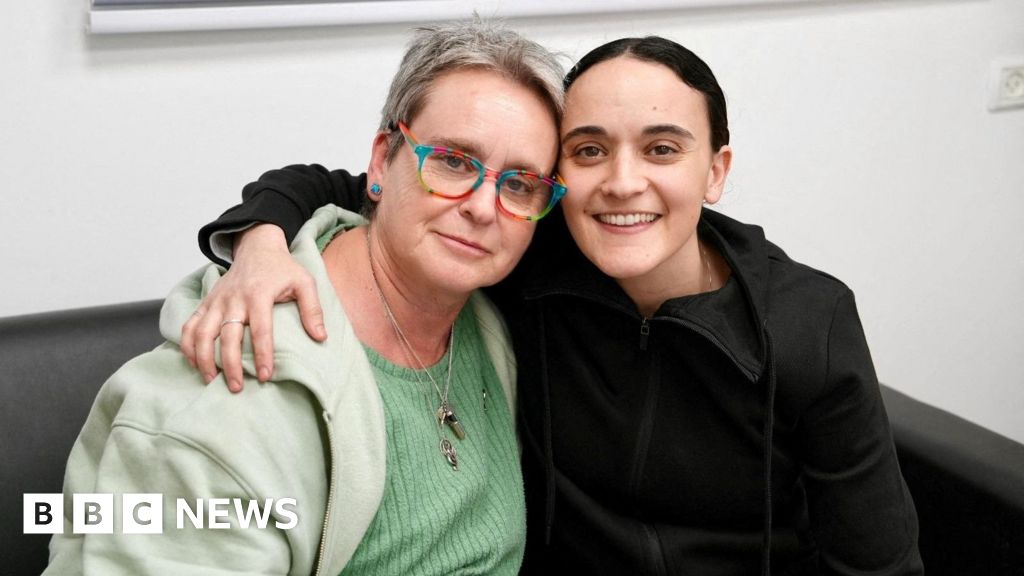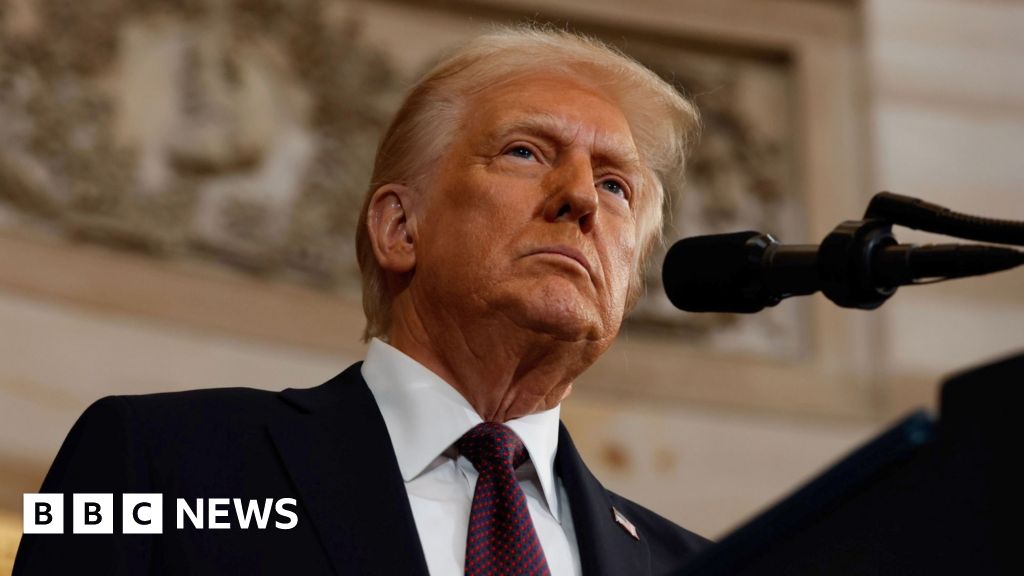ARTICLE AD BOX
After pushing borrowing costs sharply higher in recent years to try to quell soaring prices, countries around the world are shifting gear.
The European Central Bank (ECB) on Thursday announced its first interest rate cut in five years, dropping its main lending rate from an all-time high of 4% to 3.75%.
It came a day after Canada took a similar step and followed a flurry of similar moves in recent months from countries including Sweden, Switzerland, Brazil and Mexico.
Officials in the UK and US, where borrowing costs now stand at the highest rate in a years, are expected to hold off on any cuts at their meetings this month.
But many analysts are eyeing later in the summer or early autumn for action, maintaining it is only a matter of time.
It's a sign that the global battle against inflation sparked by the pandemic is entering a new phase, as hope builds in some of the biggest and most severely affected economies that price inflation is finally coming under control.
“It’s an important move,” said Brian Coulton, chief economist at Fitch Ratings. “We’re moving into another stage.”
Just a few years ago, central banks around the world were hiking interest rates aggressively, hoping that higher borrowing costs would weigh on the economy and ease the pressures pushing up prices.
The moves were unusually synchronised, responding to global supply chain issues and shocks to food and energy markets that had sent prices leaping around the world.
That coordination has faded over the past year, and become more variable.
In Europe, the UK and US – economies that had not experienced inflation issues for decades – officials have been in a holding pattern, keeping rates at decades-highs levels.
The decision from the ECB is a declaration of confidence that trends are moving in the right direction, said Emma Wall, head of investment research and analysis at Hargreaves Lansdown.
"What the central bank is saying today is, although it might not be coming down in a straight line, they are confident they can get inflation back down to the 2% target level," she said.
In Europe, inflation now stands at 2.6%, while in the UK, inflation has fallen to 2.3%, a long way down from a peak of over 11% in late 2022.
In the US, the Federal Reserve’s preferred inflation gauge, the personal consumption expenditures index, has dropped to 2.7%.
Still the Fed, which was at the fore of the move to higher rates, has moved cautiously, reflecting concerns that progress on the issue might have stalled and that stronger-than-expected growth and major government spending might make it trickier to resolve.
"The eurozone economy is in a different place than the US," said Yael Selfin, chief economist at KPMG.
For now, many forecasters are predicting at least one if not more rate cuts in the US, Europe and UK this year, with more to follow in 2025.
Such moves would bring relief to businesses and households looking to borrow.
But analysts say that the path down for rates is likely to be slower and more halting than the climb up.
If central bankers lift rates too quickly, they risk unleashing a wave of economic activity that sends prices bubbling up again.
Move too slowly, and the weight of higher borrowing costs could bring on a more severe economic downturn.
In announcing its rate cut on Thursday, the ECB was careful to stay away from promising future action, noted Mark Wall, chief economist at Deutsche Bank.
"The statement arguably gave less guidance than might have been expected on what comes next," he said. "This is not a central bank in a rush to ease policy.”
In Europe, the forces that kept rates low before the pandemic, including slower growth and an aging population, are likely to re-emerge, ultimately sending them back closer to zero, said Joseph Gagnon, senior fellow at the Peterson Institute for International Economics.
But he said the US is unlikely to see a return to the ultra-low borrowing costs that prevailed in the decade after the financial crisis, pointing in part to big budget deficits that are likely to keep upward pressure on rates.
"We will be a little slower than Europe to cut, but I think we're also going to end up at a higher interest rate when this is all over," he said.

 7 months ago
20
7 months ago
20








 English (US) ·
English (US) ·